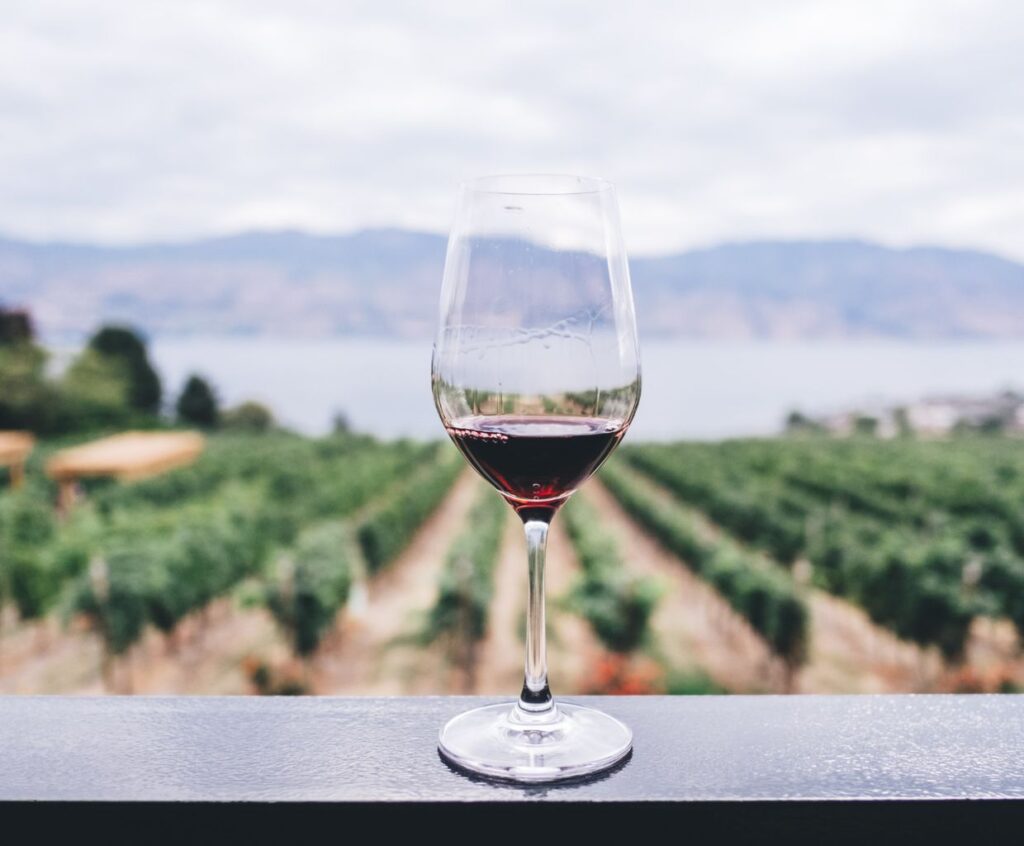Understanding Wine: What Does it Mean That the Wine Has Legs?
Wine enthusiasts often use the term “legs” to describe the phenomenon of wine being swirled in a glass. But what does it mean when someone says that a wine has legs?
Let’s dive into this intriguing aspect of wine tasting and explore the science behind it.
What are Legs in Wine?
When we talk about the “legs” of a wine, we refer to the droplets or streaks left behind on the inside surface of a wine glass after swirling. These droplets appear to slowly slide down the sides of the glass, resembling legs in motion. The technical term for this phenomenon is “tears.”
The Science Behind Legs in Wine
The presence of legs in wine can provide valuable insights into its alcohol content, body, and viscosity. The interplay of surface tension, alcohol content, and the liquid’s evaporation rate primarily influences the legs’ formation.
Wine swirled in a glass coats the sides due to the liquid’s surface tension. The alcohol present in the wine evaporates faster than the water, causing the liquid to move back down the glass in streaks or droplets. The slower the droplets move, the more pronounced the legs.
Interpreting Wine Legs
While the presence of legs can be aesthetically pleasing, it doesn’t necessarily indicate the quality or taste of the wine. However, it can offer some clues about its characteristics.
Alcohol Content: Wines with higher alcohol content tend to have more defined and prominent legs. This is because alcohol has a lower surface tension than water, causing it to evaporate faster and leave behind more noticeable streaks.
Body and Viscosity: Wines with thicker textures and higher viscosity also tend to exhibit more legs. The thicker consistency creates greater surface tension, leading to slower-moving droplets.
Age: Older wines, especially those with aging potential, tend to display more pronounced and longer-lasting legs. This can be attributed to the increased presence of glycerol, a natural byproduct of the aging process, which contributes to the wine’s viscosity and the formation of legs.
How do the “legs” of a wine indicate its quality or characteristics?
The “legs” of a wine refer to the droplets or streaks that form on the inside surface of a wine glass after swirling the wine. While the legs do not directly indicate the quality or characteristics of a wine, they can provide some insights into its alcohol content and body.
Thicker and slower-moving legs may suggest a higher alcohol content in the wine, as alcohol has a higher surface tension than water. This could indicate a fuller-bodied wine with more richness and intensity. On the other hand, thinner and faster-moving legs may imply a lower alcohol content and a lighter-bodied wine.
However, it is essential to note that the legs are just one aspect to consider when evaluating a wine. Other factors such as aroma, taste, acidity, tannins, and overall balance play a more significant role in determining the quality and characteristics of a wine.
How do the “legs” of wine differ from other visual cues, such as color or viscosity, in terms of assessing its overall quality
The “legs” of wine refer to the droplets inside the glass after swirling the wine. These droplets slowly slide down the glass, leaving streaks or “legs” behind. While legs can provide some insights into the wine, they are less reliable in assessing its quality than other visual cues like color or viscosity.
1. Color: The color of a wine can provide valuable information about its age, grape variety, and potential flaws. For example, red wines tend to become lighter in color as they age, while white wines may darken. The color can also indicate if the wine has been oxidized or shows signs of cork taint.
2. Viscosity: Viscosity refers to the texture or thickness of a wine. It can be observed by how the wine clings to the sides of the glass after swirling. Alcohol content, sugar levels, and aging influence viscosity. Higher alcohol or sugar content can make a wine appear more dense. However, viscosity alone does not determine quality; it is more of an indicator of style or winemaking technique.
3. Legs: The legs of a wine are formed due to the difference in surface tension between water and alcohol. The slower the droplets slide down the glass, the higher the alcohol content. However, the presence of legs does not necessarily indicate a better quality wine. Several factors, like alcohol content, sugar content, and additives, can influence legs. They are more related to the wine’s alcohol level than its quality.
Overall, while legs can provide some insights into the alcohol content of a wine, they are not as reliable in assessing its overall quality. Other visual cues like color and viscosity, tasting, and aroma play a more significant role in evaluating the quality and characteristics of a wine.
Can “legs” in wine provide insights into its age or alcohol content?
The presence of “legs” in wine does not provide direct insights into its age or alcohol content. “Legs” refer to the droplets inside a wine glass after swirling the wine. These droplets are formed due to the difference in surface tension between water and alcohol, causing the wine to cling to the sides of the glass.
The formation of legs is influenced by factors such as the wine’s viscosity, alcohol content, and evaporation rate. However, while higher alcohol content can contribute to thicker and slower legs, it is not a reliable indicator of the exact alcohol percentage. Similarly, age does not directly affect the formation of legs.
To determine a wine’s alcohol content or age accurately, it is necessary to rely on other methods such as labeling information, laboratory analysis, or expert evaluation.
What Does it Mean That the Wine Has Legs? – Conclusion
Next time you swirl a glass of wine and notice those mesmerizing legs, you’ll better understand what they represent. Remember, while legs may not directly impact the taste or quality of the wine, they offer valuable insights into its alcohol content, body, and aging potential.
So, please sit back, enjoy your wine, and appreciate the beauty of its legs!




